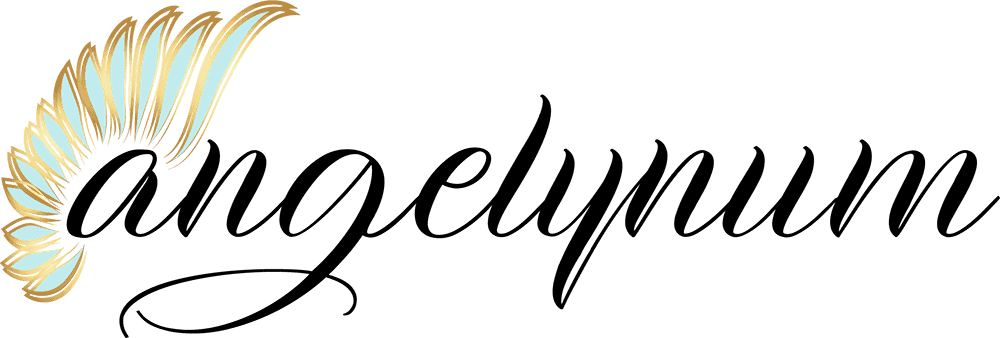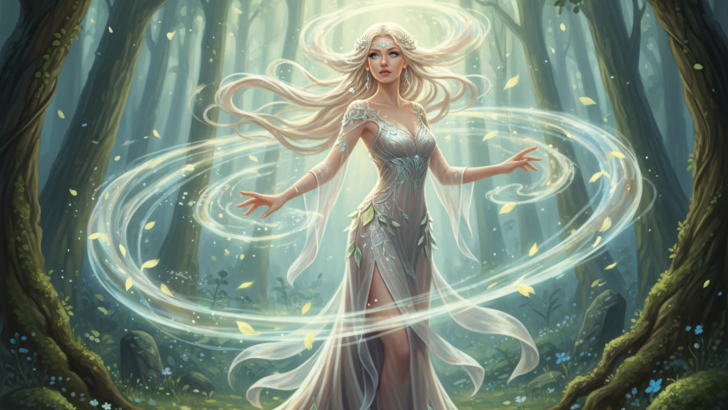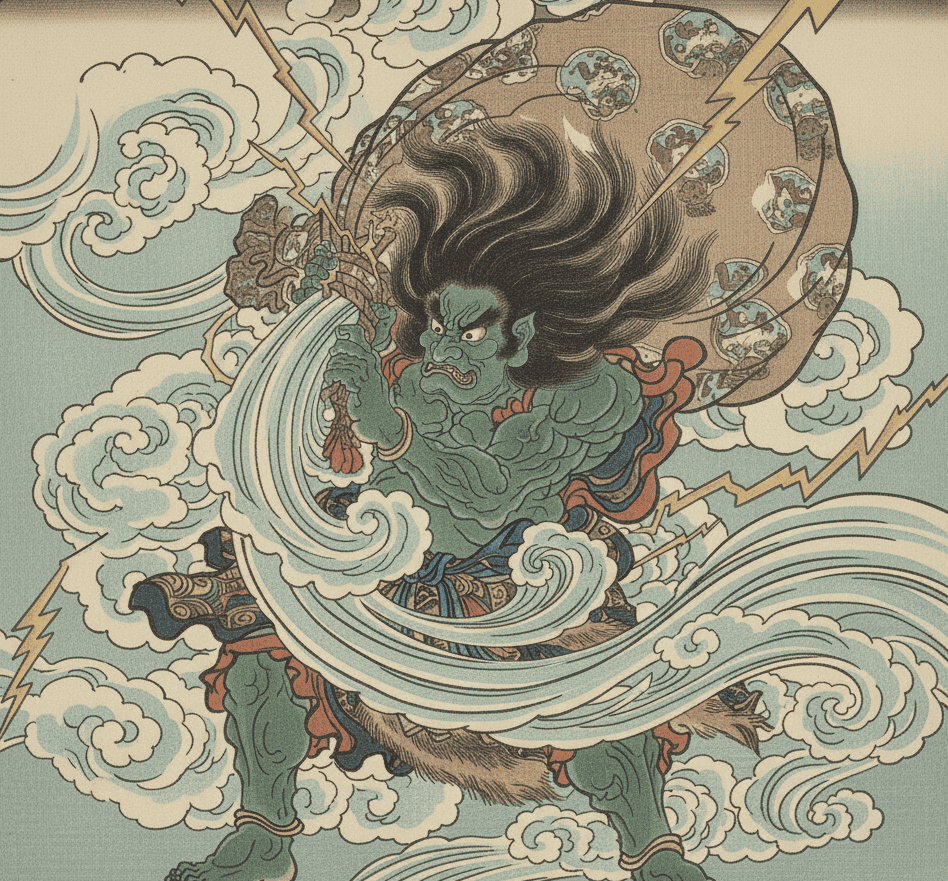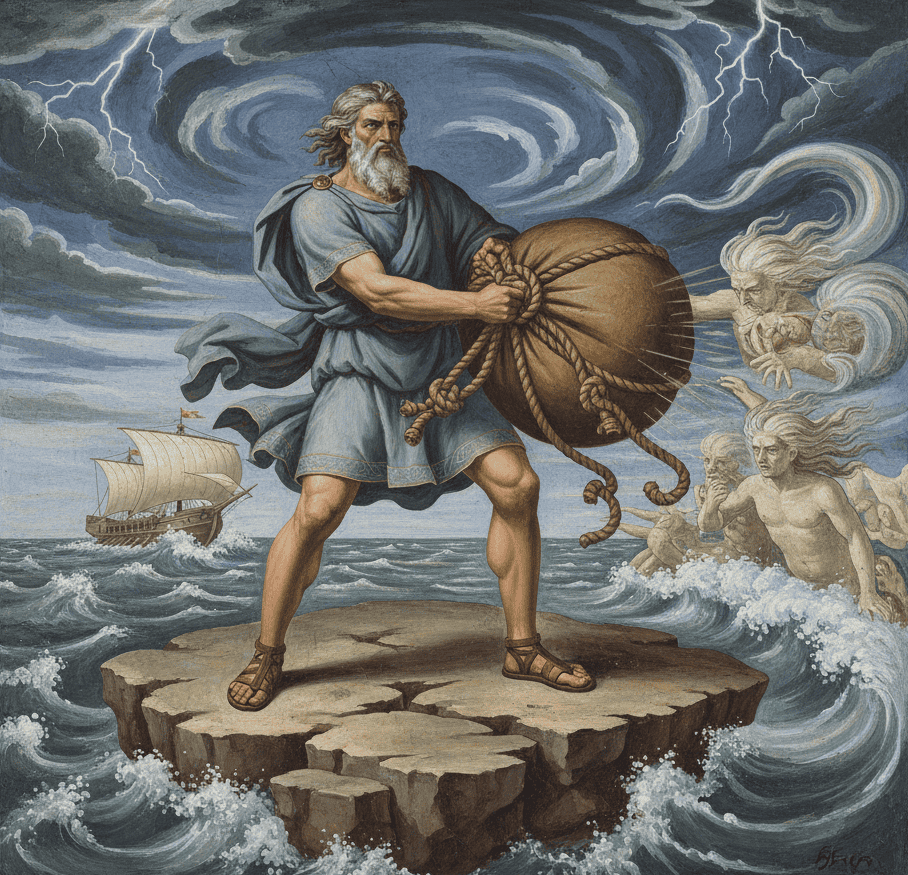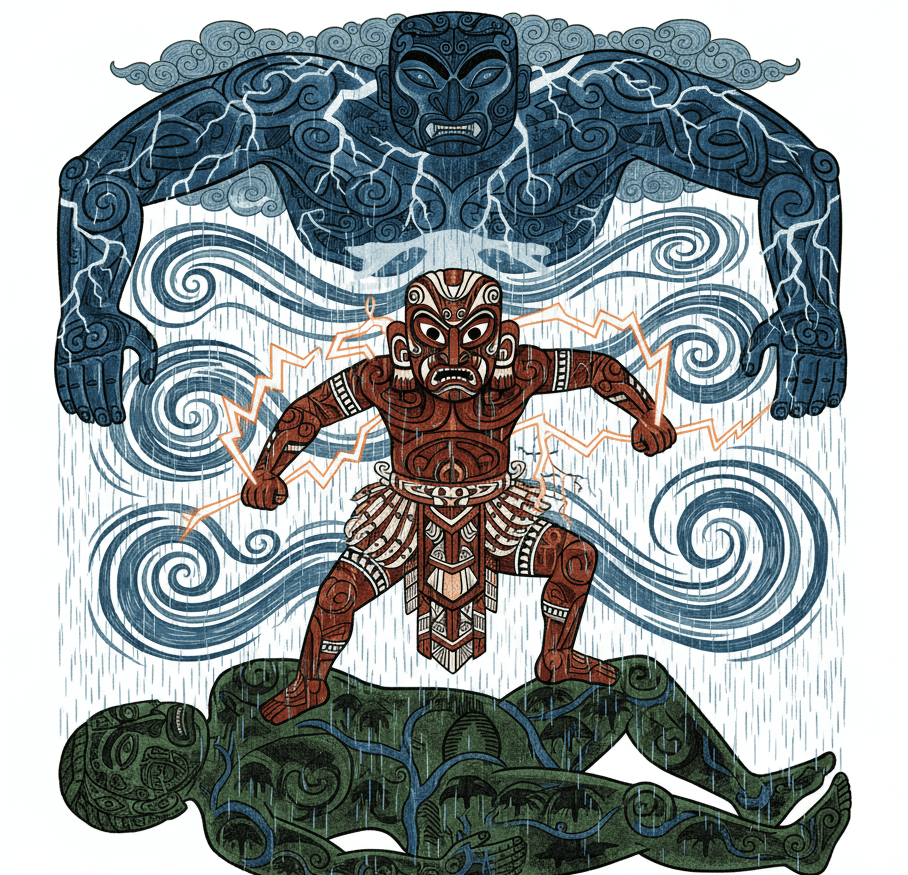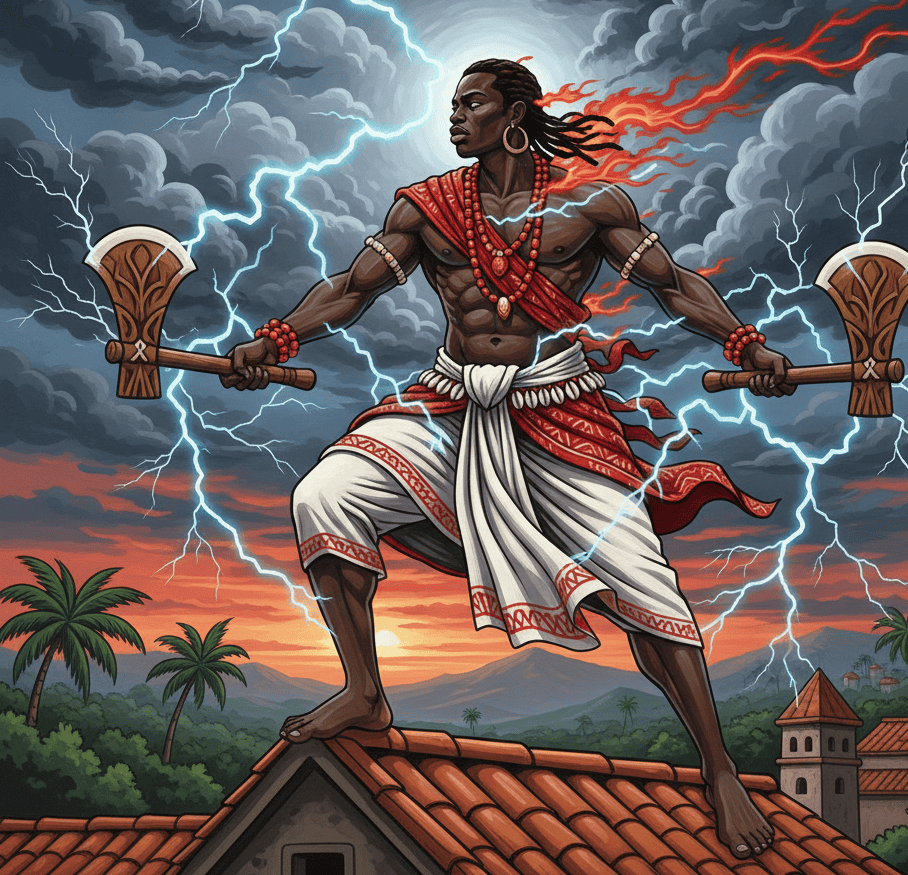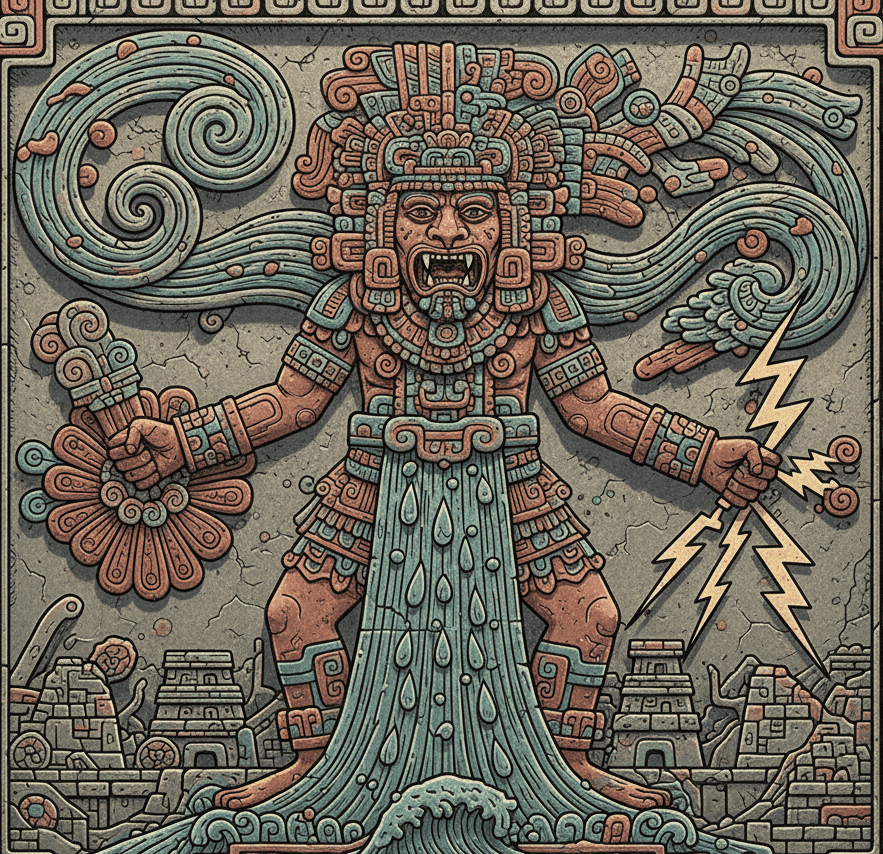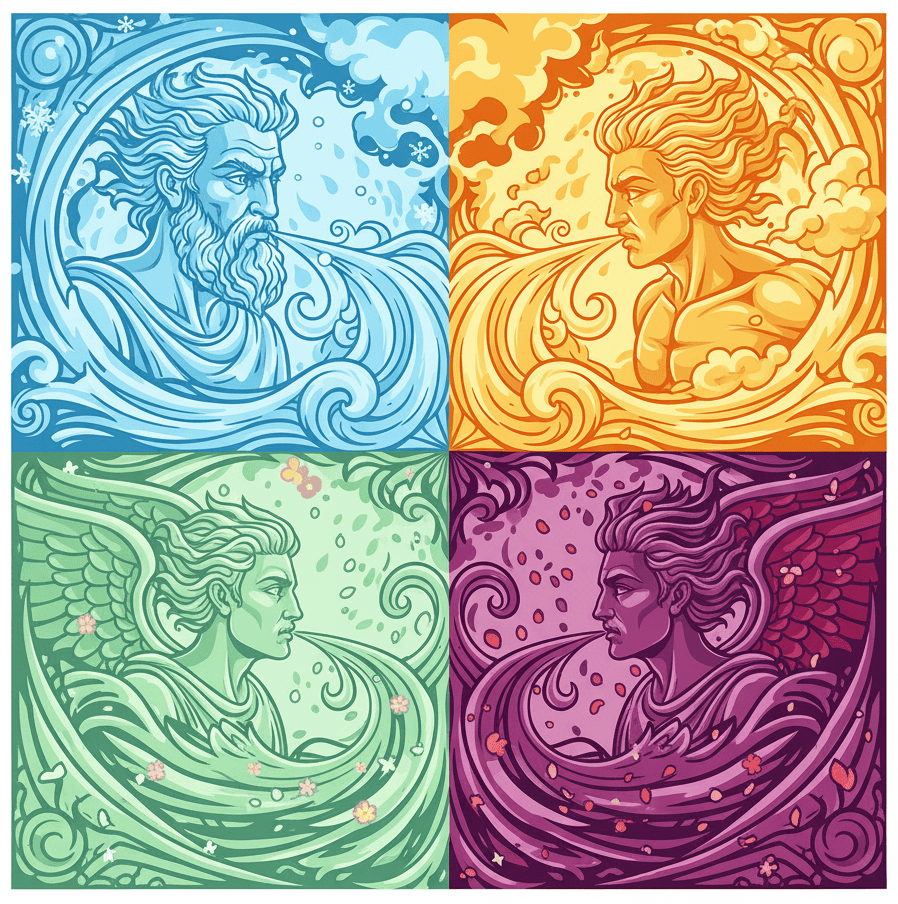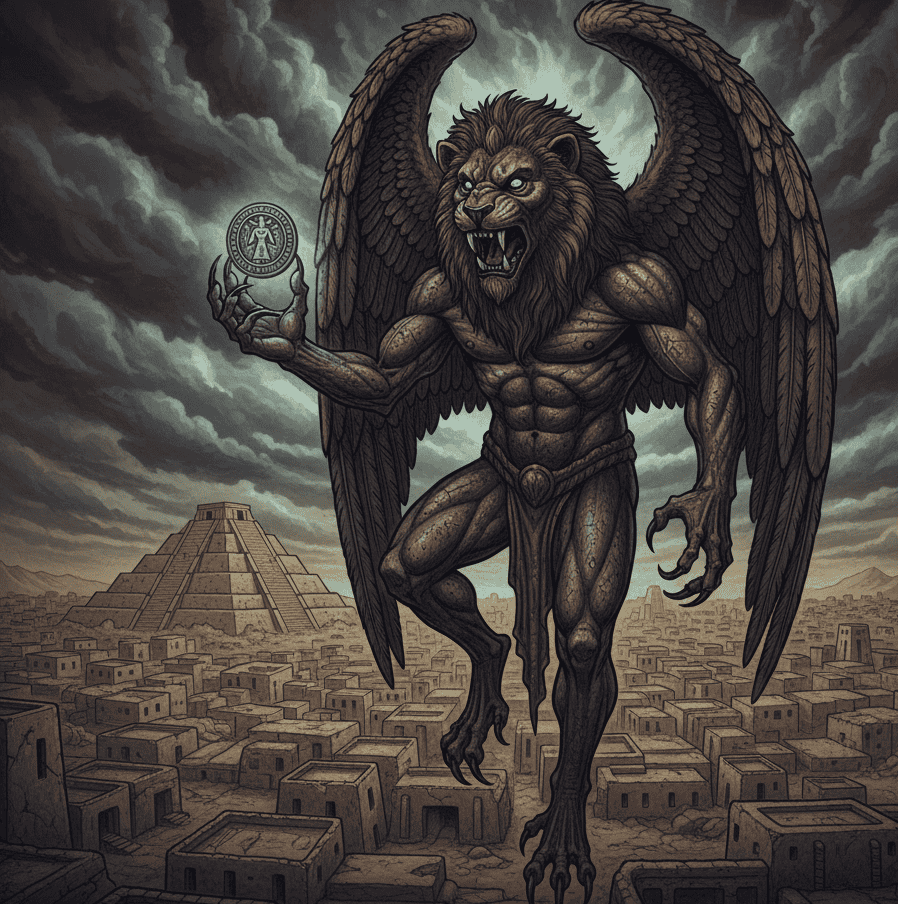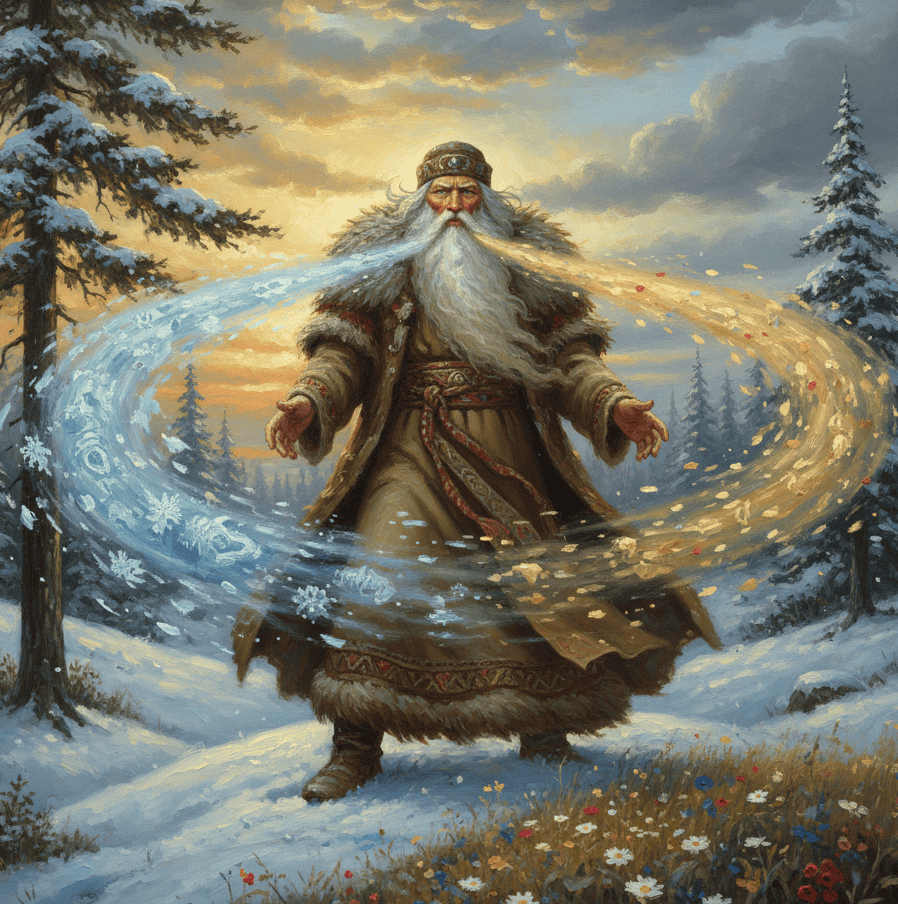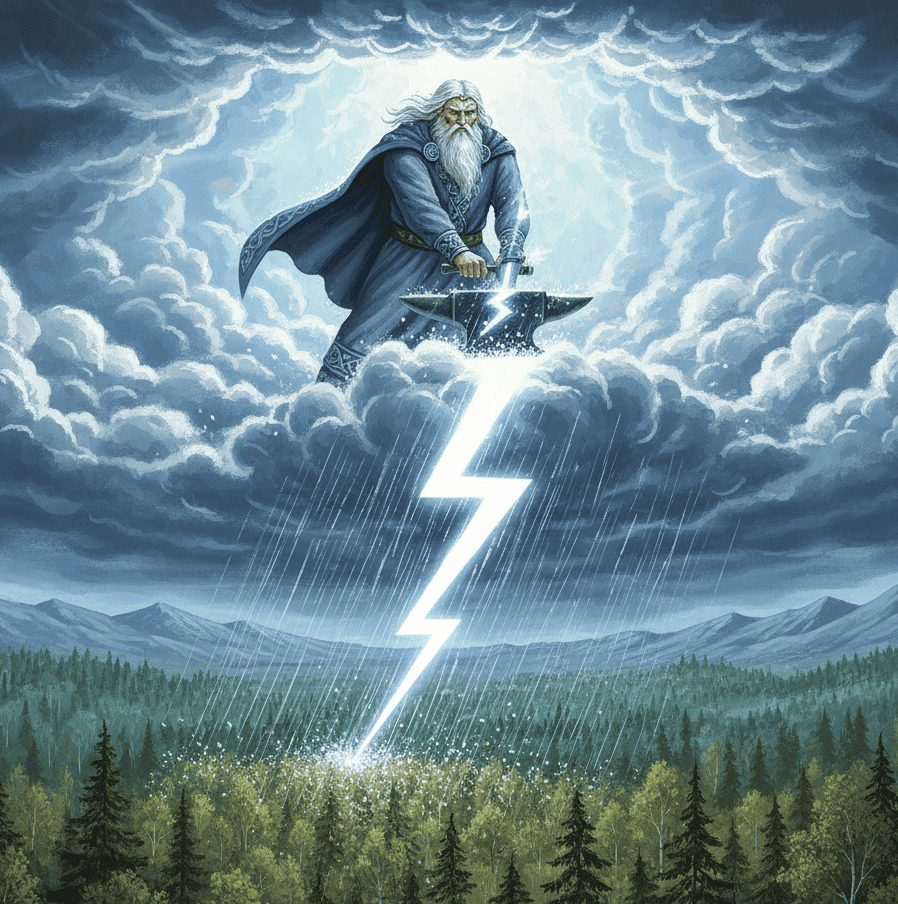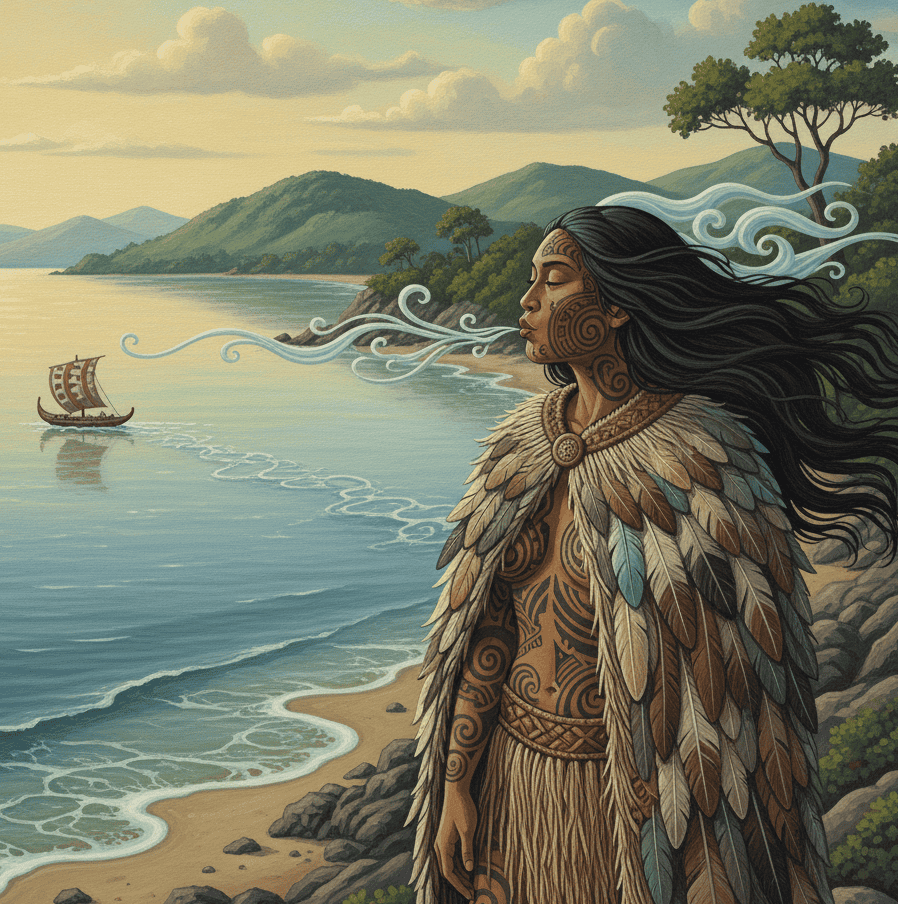The wind has always stirred human imagination. It howls, whispers, destroys, and gives life. Storms arrive with thunder and lightning like messages from the sky.
Across cultures, people saw these forces as spirits or deities with emotions and wills of their own. Some winds brought blessings and carried prayers, while others unleashed chaos and fear.
Let’s explore ten powerful wind and storm spirits from around the world and uncover the stories that made them legendary.
1. Fujin – The Wind God of Japan
In Japanese mythology, Fujin is one of the oldest gods and a powerful spirit of wind.
He is often shown as a fearsome figure with wild hair, carrying a large sack. Inside that sack are the winds of the world, which he releases at his will.
According to legend, during the creation of the world, Fujin opened his bag and blew away the mists that covered Earth, allowing light to spread.
His winds can be calm and helpful or fierce and destructive, especially during typhoons. Even though he looks terrifying, many see him as a necessary force who shapes weather and life.
2. Aeolus – Keeper of the Winds in Greek Myth
Aeolus is not exactly a god but a powerful spirit tasked with controlling the winds. In Homer’s Odyssey, he lives on a floating island where he keeps the winds locked in a giant bag.
When Odysseus visited him, Aeolus generously gifted him this bag so the hero could safely sail home.
Unfortunately, Odysseus’ crew opened it out of curiosity, releasing the winds and causing a chaotic storm that blew them off course.
Aeolus represents the delicate balance of trust, as well as how quickly order turns to disaster when nature is unleashed without control.
3. Tawhirimatea – The Storm God of Māori Belief
In Māori mythology, Tawhirimatea is one of the children of the sky father Ranginui and the earth mother Papatuanuku.
When his brothers separated their parents to bring light into the world, Tawhirimatea was furious and swore vengeance.
He took to the skies and created storms, hurricanes, lightning, and thunder as weapons against them. He is the embodiment of rage and loyalty, fighting for his parents’ union.
Every storm in Maori tradition is a reminder of Tawhirimatea’s ongoing emotional battle, filled with love for his parents and anger at their separation.
4. Shango – Yoruba God of Thunder and Lightning
In Yoruba belief from West Africa, Shango is a powerful orisha known for ruling thunder, lightning, and storms.
Unlike some wind spirits, Shango is also a former king who became divine after death. He is fierce, charismatic, and often associated with power, justice, and masculinity.
When he is angry, he hurls thunderstones from the sky, which people once believed could be found on the ground after lightning strikes.
Devotees see him as both a protector and a punisher, bringing storms to destroy injustice and empower the righteous. His storms are loud, dramatic, and full of fire, just like his personality.
5. Huracan – The Mayan Heart of the Storm
Huracan, whose name inspired the modern word hurricane, is a storm god from Mayan mythology. He is known as the Heart of the Sky and wields thunder, lightning, and ferocious winds.
In the Mayan creation myth, Huracan was angered by the first humans made from wood and sent a great flood and storm to wipe them out.
He is a spirit of cleansing destruction, bringing chaos to reset the world when it becomes corrupted.
Yet he is also a force of creation, as storms in Mayan belief often make way for renewal and rebirth.
6. Anemoi – The Four Wind Spirits of Greece
In Greek mythology, the Anemoi are four wind spirits, each representing a direction and personality. Boreas is the cold north wind who can be harsh and unforgiving.
Notus is the hot south wind, often linked to late summer storms. Zephyrus is the gentle west wind, associated with spring and soft breezes that bring new life.
Eurus is the unpredictable east wind, often seen as stormy and chaotic. These spirits were not just weather patterns but emotional beings.
Sailors prayed to the right wind spirit for safe journeys, farmers begged for Zephyrus to bring rain, and travelers feared Boreas’ freezing breath.
7. Pazuzu – Mesopotamian Wind Demon of Storms
In ancient Mesopotamia, Pazuzu was known as a terrifying demon of storms and winds. He had a lion’s head, wings, a scaly body, and talons like a bird of prey.
Despite his frightening appearance, Pazuzu was not purely evil. People often wore amulets of him for protection against harsher spirits and plagues carried by foul winds.
He ruled over harmful gusts that brought sickness, but invoking his name could ward off worse disasters.
He shows how some cultures believed that to fight darkness, you sometimes had to call upon a darker force.
8. Stribog – The Slavic Lord of Winds
In Slavic mythology, Stribog is the grandfather of all winds. He is believed to send breezes to bring change, both good and bad.
His gentle winds bring cool relief in summer, while his fierce tempests can rip through forests and villages.
Sailors, farmers, and travelers respected Stribog’s moods, often offering bread or words of prayer to calm his wrath.
Many Slavic traditions link Stribog’s winds to messages from distant lands, as if he carried whispers and omens wherever he blew.
9. Ukko – The Finnish Sky and Storm God
Ukko is one of the most important gods in Finnish mythology, ruling over the sky, weather, and storms.
His name means old man or grandfather, and he is seen as a wise, powerful figure who controls rain, thunder, and winds.
When he strikes his hammer or sword, thunder roars through the sky. Farmers prayed to Ukko for rain to feed their crops, especially in spring.
Festivals known as Ukon vakat were held in his honor, where people drank and danced to encourage him to bless the land with storms that brought life rather than destruction.
10. Hine-Tu-Whenua – The Maori Wind Maiden
In Māori tradition, Hine-Tu-Whenua is a guiding wind spirit who helps sailors navigate safely.
Her name means the Wind Maiden of the Land, and she is associated with gentle breezes that show the right path.
Unlike her stormy relative Tawhirimatea, Hine-Tu-Whenua is calm, loving, and protective. She eases the fears of travelers and carries prayers across the sea.
She is a reminder that not all winds are fierce. Some are comforting spirits who whisper encouragement and guide those lost in their journey.

I always felt a strong connection to the Divine since my birth. As an author and mentor, my mission is to help others find love, happiness, and inner strength in the darkest of times.
